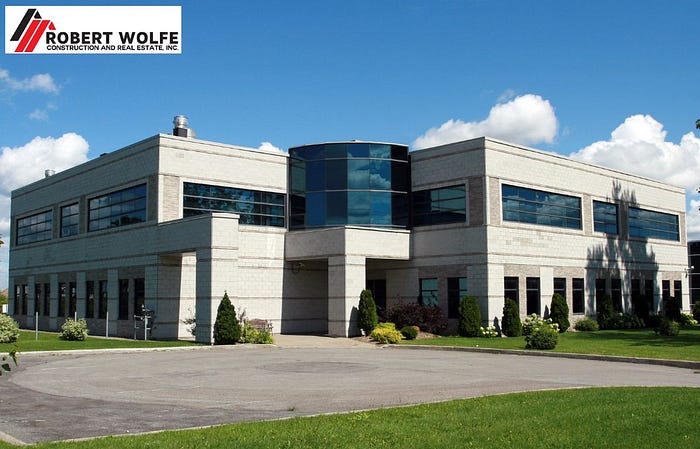The Future of Smart Buildings - Technology Integration in Commercial Projects
Driven by the advent of smart building technologies, the commercial construction sector is changing. Originally a novelty, basic automation, and motion sensors are fast developing into a sophisticated network of intelligent systems to maximize energy use, tenant comfort, and building management. Integrated technologies are becoming increasingly important parts of the next generation of commercial buildings as demand rises for sustainable and effective constructions.

Inside the Brain of a Smart Building
The linked systems seen in modern smart buildings are driven by the Internet. They use sensor networks to track real-time temperature, air quality, and energy use. Data entering Building Management Systems and Energy Management Systems allows consolidated monitoring.
Among the most often embraced innovative technologies used in commercial projects are:
- Real-time presence allows occupancy sensors to control HVAC and lighting, thus lowering energy waste.
- Self-regulating systems called smart thermostats and HVAC controls dynamically maximize heating and cooling.
- Monitoring CO₂, humidity, and VOCs will help keep indoor conditions healthy.
- Digital twins let one replicate building behavior and maximize performance from design through operations.
- Touchless, app-based, biometric entry or integrated access control systems improve security and user interface.
According to a 2025 report by Precedence Research, energy efficiency, and sustainability will propel the smart building market’s growth from $111.51 billion to $277.92 billion by 2034. Developers are implementing such systems to comply with regulations, even in sectors such as commercial construction Slidell.
Designing for the Future vs. Upgrading the Past
Including innovative technologies in the building’s design guarantees reasonably cheap and efficient integration. Digital twins copy performance, while 5G and Wi-Fi 6 allow real-time data analysis and automation. This method offers better system interoperability and connectivity than retrofitting older buildings, which can be costly and disruptive. Early adoption of these technologies by contractor in Slidell generates future-ready infrastructure that meets evolving tenant needs and reduces long-term running costs.
Proof in Practice: Real-World Results
Actual cases highlight the need for intelligent integration. Through sophisticated BMS and occupancy-driven lighting, the Edge building in Amsterdam — often regarded as one of the smartest in the world — cut its energy consumption by over 70% relative to conventional office buildings. According to CIM Group’s U.S. findings, predictive maintenance systems driven by artificial intelligence have reduced HVAC-related downtime by thirty percent across many buildings. These success stories highlight how clever building systems increase efficiency and satisfaction — benefits Contractor Slidell experts can use to set their services apart in a cutthroat market.
What’s Next for Smart Commercial Projects?
Smart buildings are expected to closely coincide with sustainability goals, including net-zero energy targets and on-site renewable energy use. Adaptive learning systems will let buildings change with user patterns to optimize resource use independently. Investing in technology-driven solutions will help Commercial Construction Slidell be more suited to satisfy customer expectations, follow green building codes, and stay competitive in a fast-changing sector. This evolution presents both a challenge and an opportunity.
The Article "The Future of Smart Buildings - Technology Integration in Commercial Projects" was originally posted Here.
.png)
.png)
.png)
Comments
Post a Comment